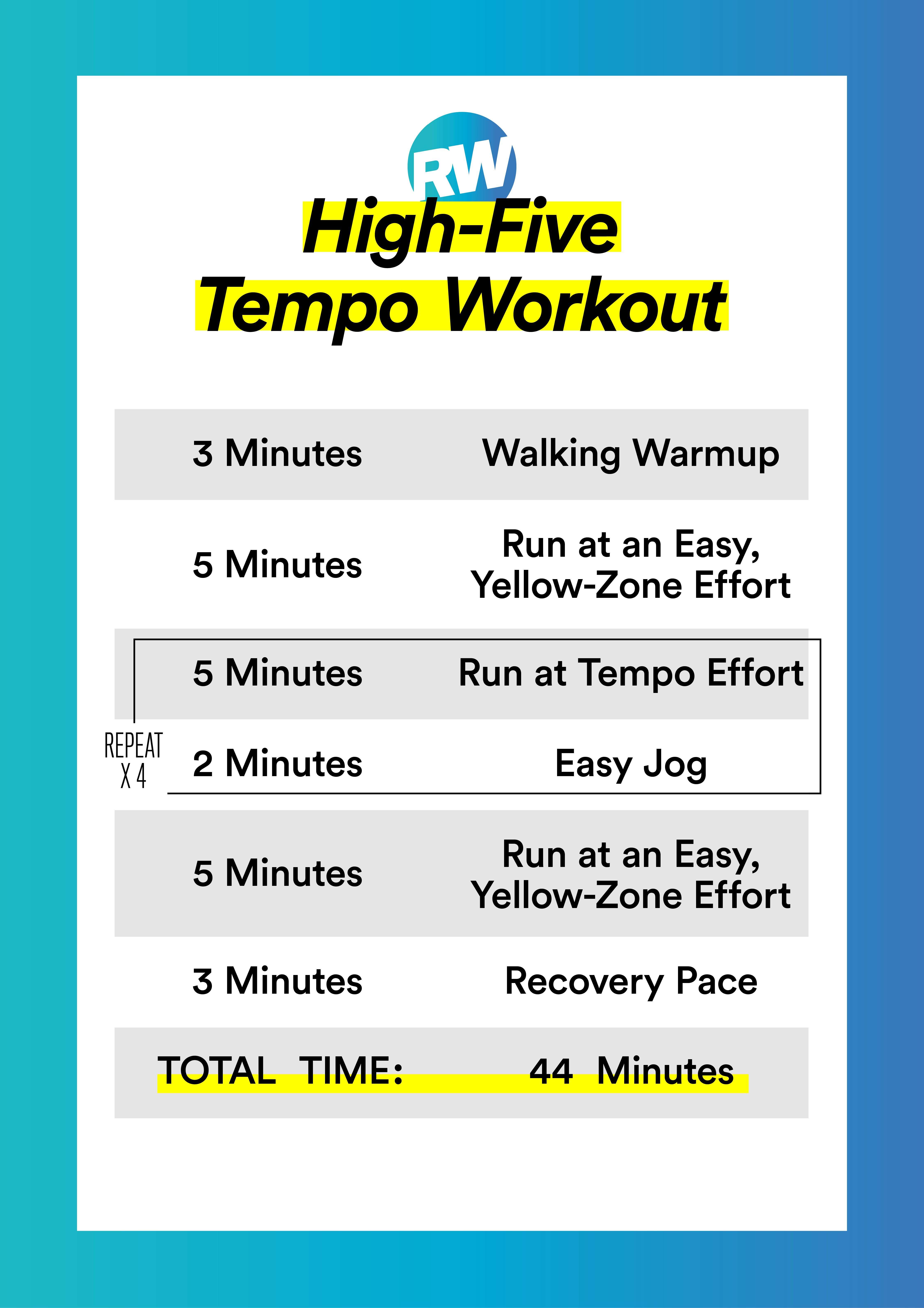Handling Typical Running Discomforts: Causes, Solutions, and Prevention
As runners, we often run into numerous pains that can impede our performance and enjoyment of this physical activity. By discovering the origin reasons for these running discomforts, we can discover targeted remedies and preventative steps to ensure a smoother and a lot more satisfying running experience.
Usual Running Pain: Shin Splints
Shin splints, an usual running discomfort, frequently result from overuse or inappropriate shoes during physical activity. The repeated tension on the shinbone and the tissues connecting the muscle mass to the bone leads to swelling and pain.
To stop shin splints, people need to gradually raise the intensity of their workouts, put on appropriate shoes with correct arch assistance, and preserve flexibility and stamina in the muscle mass surrounding the shin (running strategy). Additionally, integrating low-impact activities like swimming or cycling can aid maintain cardio health and fitness while permitting the shins to recover.
Typical Running Pain: IT Band Syndrome
Along with shin splints, an additional prevalent running discomfort that professional athletes often experience is IT Band Syndrome, a problem brought on by swelling of the iliotibial band that leaves the external thigh and knee. IT Band Disorder commonly manifests as discomfort outside of the knee, especially during activities like running or cycling. The iliotibial band is a thick band of fascia that connects the aware of the shin, and when it becomes irritated or tight, it can scrub against the upper leg bone, leading to pain and pain.
Runners experiencing IT Band Disorder might notice a stinging or hurting experience on the external knee, which can get worse with continued activity. Variables such as overuse, muscle inequalities, incorrect running form, or inadequate workout can contribute to the growth of this condition. To avoid and reduce IT Band Disorder, joggers should concentrate on stretching and strengthening workouts for the hips and thighs, proper footwear, gradual training progression, and dealing with any kind of biomechanical concerns that might be worsening the problem. Overlooking the signs and symptoms of IT Band Disorder can cause chronic issues and prolonged healing times, emphasizing the relevance of early treatment and appropriate administration approaches.
Typical Running Discomfort: Plantar Fasciitis

Plantar Fasciitis can be attributed to numerous elements such as overtraining, improper footwear, running on hard surfaces, or having high arches or flat feet. To avoid and relieve Plantar Fasciitis, runners can incorporate stretching exercises for the calf bones and plantar fascia, use supportive footwear, keep a healthy and balanced weight to reduce stress on the feet, and gradually raise running intensity to avoid abrupt stress and anxiety on the plantar fascia. If signs and symptoms linger, it is recommended to consult a health care expert for proper medical diagnosis and therapy choices to deal with the condition properly.
Typical Running Discomfort: Jogger's Knee
After attending to the challenges of Plantar Fasciitis, another prevalent concern that joggers typically deal with is Runner's Knee, an usual running pain that can hinder sports efficiency and cause pain throughout physical activity. Runner's Knee, additionally called patellofemoral pain disorder, materializes as pain around or behind the kneecap. This condition is often credited to overuse, muscle mass imbalances, inappropriate running methods, or problems with the placement of the kneecap. Runners experiencing this discomfort might feel a boring, aching discomfort while running, going up or down staircases, or after extended durations of sitting. To stop Runner's Knee, it is crucial to include proper workout and cool-down routines, keep strong and well balanced leg muscles, use appropriate shoes, and gradually boost running intensity. If signs linger, consulting from a health care specialist or a sports medication professional is recommended to detect the underlying cause and establish a customized treatment plan to ease the pain and stop more problems.
Typical Running Discomfort: Achilles Tendonitis
Commonly afflicting runners, Achilles Tendonitis is an excruciating problem that impacts the Achilles tendon, triggering pain and potential limitations in exercise. The Achilles tendon is a thick band of tissue that connects the calf muscles to the heel bone, important for activities like running, jumping, and walking - take a look. Achilles Tendonitis commonly creates due to overuse, improper footwear, poor extending, or sudden increases in physical activity
Signs of Achilles Tendonitis consist of discomfort and tightness along the ligament, specifically in the early morning or after durations of lack of exercise, swelling that gets worse with task, and possibly bone stimulates in persistent instances. get more To stop Achilles Tendonitis, it is important to stretch correctly previously and after running, use suitable footwear with proper support, gradually increase the strength of workout, and cross-train to lower recurring stress and anxiety on the ligament. Therapy may involve rest, ice, compression, altitude (RICE method), physical treatment, orthotics, and in serious cases, surgery. Early intervention and correct treatment are vital for handling Achilles Tendonitis efficiently and avoiding long-term complications.
Conclusion
